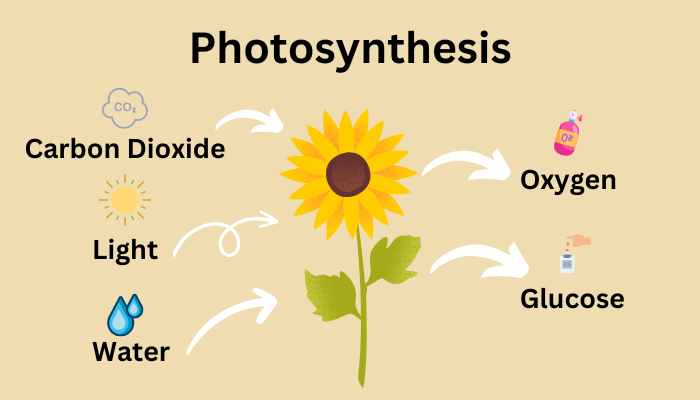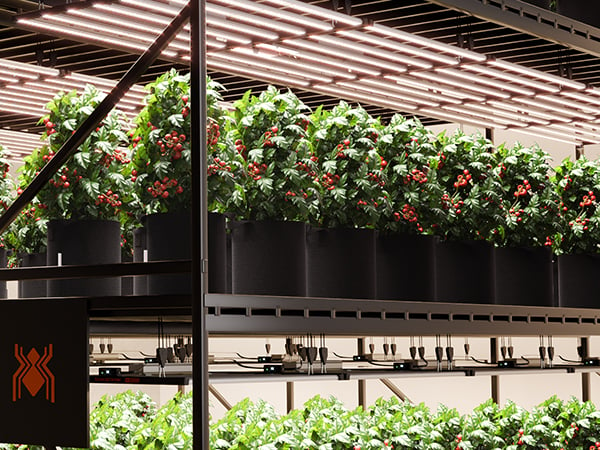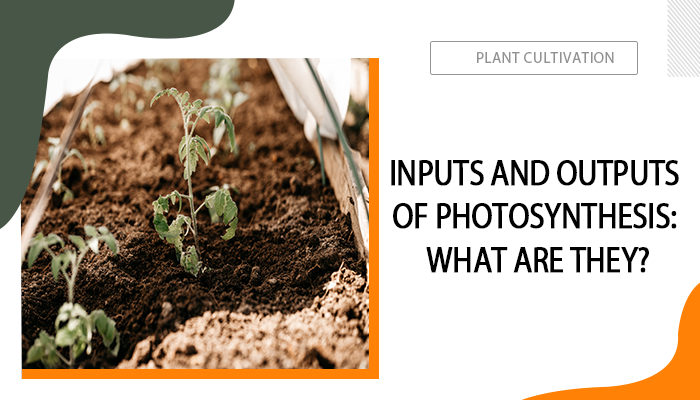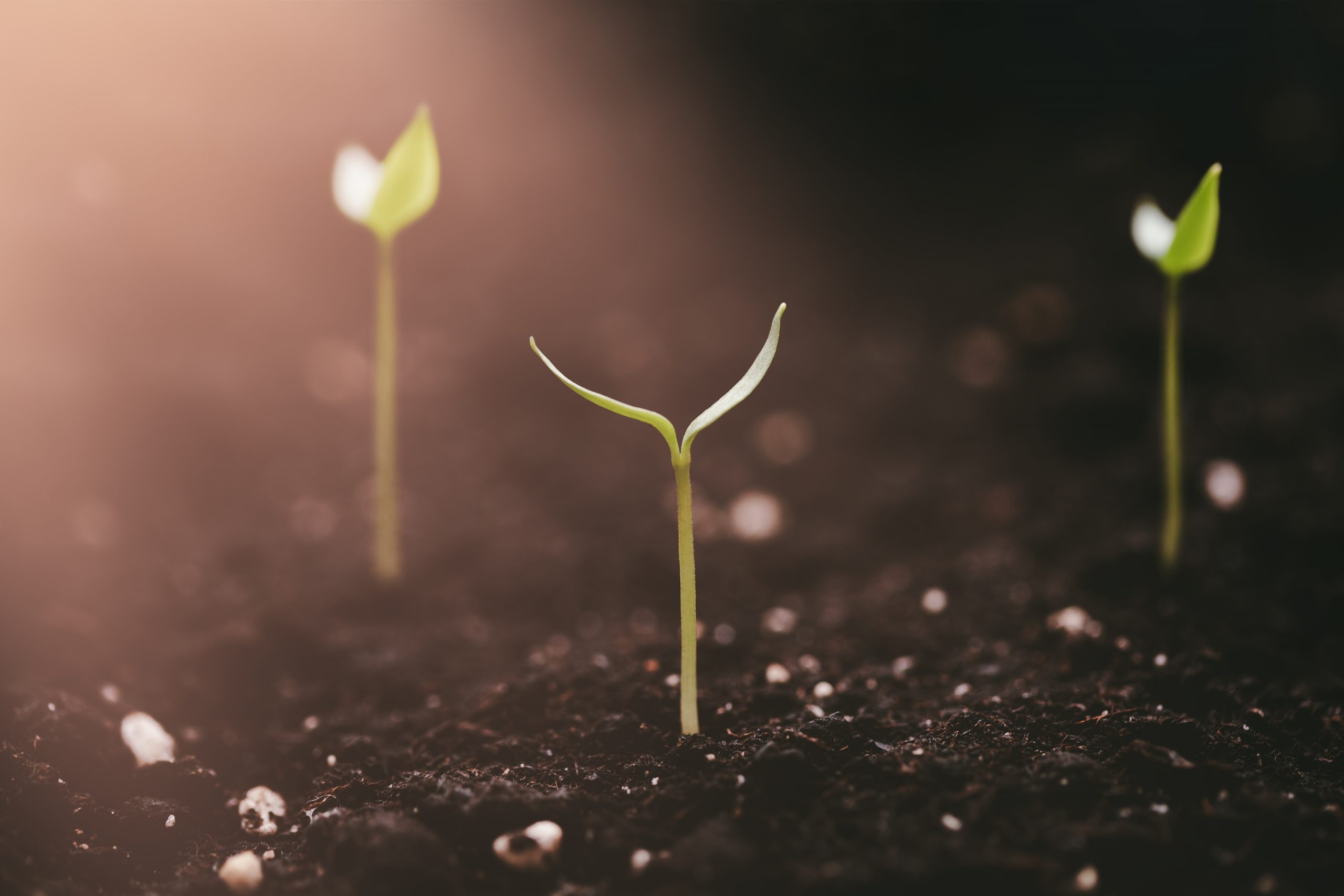What Are the Inputs and Outputs of Photosynthesis [Explained]
Photosynthesis is the biochemical process by which green plants, algae, and certain bacteria convert light energy from the sun into chemical energy for organisms to survive. For plant lovers, photosynthesis is the driving force that enables your plants to produce their own food, fueling their growth, development, and survival. One thing that may confuse you is, during the conversion process, what are the inputs and outputs of photosynthesis?
Although some of you may have a basic understanding of the input and output components during the photosynthesis process, which can be written as the following:
carbon dioxide + water + sunlight = glucose + oxygen
We’d like to explore each component deeper and provide a more detailed explanation of the inputs and outputs of photosynthesis. Stay tuned!
Table of Contents

Photosynthesis Inputs and Outputs Chart
What Are the Inputs for Photosynthesis?
In the formula we mentioned above, the components on the left side are inputs, or reactants that will later be transformed into outputs after the photosynthesis process, including CO2 (carbon dioxide), water (H2O), and sunlight.
CO2
Source of CO2 for Plants
Plants obtain carbon dioxide from the air as their primary source. During photosynthesis, CO2 can enter the plant through small openings on the surface of leaves called stomata.
Role of CO2 in the Production of Glucose
Once inside the plant's cells, carbon dioxide plays a vital role in the production of glucose during photosynthesis. CO2 serves as a source of carbon atoms that are incorporated into organic molecules. The process by which carbon dioxide is converted into glucose involves a series of enzymatic reactions known as the Calvin cycle, which occurs in the chloroplasts of plant cells.
Water (H2O)
Uptake of Water by Plant Roots
Water is another vital input for photosynthesis. Plant roots absorb water from the soil, facilitated by specialized structures such as root hairs. These thin, elongated projections increase the surface area for water absorption, enhancing the plant's ability to uptake moisture from the soil.
Role of Water in Photosynthesis and Transport
Water serves two key functions in photosynthesis:
- Provision of hydrogen and oxygen: Water consists of hydrogen and oxygen molecules, which are essential components of the sugar molecules produced during photosynthesis. These sugar molecules, such as glucose, store chemical energy that fuels plant growth and metabolic processes.
- Electron replacement: During the process of photosynthesis, electrons are transferred between molecules, allowing for the conversion of light energy into chemical energy. In some chemical reactions, electrons may be lost. Luckily, water comes into play by providing replacement electrons, ensuring the smooth continuation of the photosynthetic process.
Sunlight
Role of Sunlight in the Photosynthetic Process
Sunlight, the primary source of energy for photosynthesis, provides the photons necessary to initiate the conversion of light energy into chemical energy. Without sunlight, the whole thing can not happen due to the lack of energy. Sunlight is composed of different wavelengths, and the visible light spectrum is particularly important for photosynthesis. Chlorophyll pigments in the plant's chloroplasts absorb light energy, specifically in the red and blue regions of the spectrum.
Absorption of Light by Pigments (Chlorophyll)
Chlorophyll, the main pigment responsible for capturing light energy, is abundant in the chloroplasts of plant cells. It absorbs photons from sunlight, exciting the chlorophyll molecules and initiating photosynthetic reactions. The absorbed light energy is then converted into chemical energy, which is used to power the synthesis of glucose and other organic compounds.
Outputs of Photosynthesis: Glucose & Oxygen
What does photosynthesis produce? In this part, we’ll explore the two outputs of photosynthesis - glucose and oxygen.
Glucose (C6H12O6)
Production of Glucose as the Primary Product
Glucose is the primary product of photosynthesis. Through the complex series of reactions in the chloroplasts, plants convert carbon dioxide, water, and light energy into glucose molecules. Glucose is a simple sugar, represented by the chemical formula C6H12O6. It serves as a versatile and vital energy source for plants and is utilized for various metabolic activities.
Utilization of Glucose for Energy and Growth
Glucose produced during photosynthesis is utilized by plants for several purposes.
- Glucose serves as a direct source of energy through cellular respiration. Plants break down glucose molecules in their cells, releasing the stored energy that is used to carry out essential functions such as growth, reproduction, and response to environmental stimuli.
- Glucose can be stored as starch or other complex carbohydrates for later use. Plants store excess glucose in specialized storage organs such as roots, tubers, and seeds. This stored glucose can be mobilized when energy demands are high, such as during periods of limited sunlight or when the plant requires extra resources for growth and development.
- Moreover, glucose acts as a building block for the synthesis of other organic compounds necessary for plant growth. It serves as a precursor for the production of cellulose, which forms the cell walls, and various other biomolecules like proteins, lipids, and nucleic acids.
Oxygen (O2)
Release of Oxygen as a Byproduct
During photosynthesis, the waste product is oxygen. As plants utilize light energy, carbon dioxide, and water to synthesize glucose, oxygen molecules are liberated and released into the surrounding environment. This oxygen release occurs through stomata, which we’ve explained above.
Significance of Oxygen in Supporting Life
No need to emphasize the paramount importance of oxygen for supporting life on Earth. After all, almost all organisms rely on oxygen to carry out cellular respiration, which provides energy for various metabolic activities. Additionally, for your plants, oxygen availability is crucial for root function and nutrient uptake, ensuring proper root development and nutrient absorption.
Inputs and Outputs of Cellular Respiration
Though cellular respiration and photosynthesis are related processes that are both crucial for life on Earth, they are not the same. Cellular respiration is the process by which cells break down glucose (or other organic molecules) to release energy in the form of ATP (adenosine triphosphate), which the cell uses for various activities.
What are the inputs and outputs of cellular respiration? Check this equation:
C₆H₁₂O₆+6O₂→6CO₂+6H₂O+energy (ATP)
Glucose + oxygen = carbon dioxide + water + energy
So, the inputs or the reactants of cellular respiration are Glucose (C₆H₁₂O₆) and oxygen, and the outputs or the products of cellular respiration are carbon dioxide, water, and ATP molecules (used by the cell for various activities such as movement, growth, and repair).
What Are the Inputs and Outputs of Photosynthesis?
To sum up, the inputs and outputs of photosynthesis are integral components that contribute to the vitality of plants. Carbon dioxide, water, and sunlight serve as the inputs, providing the necessary elements and energy for the process. Through photosynthesis, plants produce glucose, a crucial energy source for growth and development, while also releasing oxygen, which supports aerobic organisms and maintains the balance of ecosystems.
Can LED Grow Light Increase the Output of Plants?
Yes, LED grow lights can significantly increase the output of a plant by providing a full spectrum of light that optimally supports photosynthesis. These lights enhance light penetration and quality, enabling plants to absorb more energy for growth. Additionally, LED grow lights generate less heat compared to traditional lighting, reducing heat stress on plants and allowing for closer placement, which further boosts their growth potential. This results in healthier plants with higher yields, making LED technology an effective choice for indoor gardening and cultivation.

Use LED Grow Light to Increase the Output of Plants
FAQs about Inputs and Outputs of Photosynthesis
By the end of the post, we'll answer several FAQs about the input and output of Photosynthesis.
- What are the 2 inputs of photosynthesis that are matter?
The two inputs of photosynthesis that are matter are carbon dioxide (CO2) and water (H2O).
- Is ATP an input or output of photosynthesis?
No, ATP is not an input or output of photosynthesis. It is produced as a result of the light-dependent reactions in photosynthesis, but it is not directly involved in the inputs or outputs of the process.
- What is the final output of photosynthesis?
The final output of photosynthesis is glucose (C6H12O6), but oxygen is also one output as a byproduct.
- Is chlorophyll an input or output of photosynthesis?
Chlorophyll is an input of photosynthesis. It is a pigment present in the chloroplasts of plant cells that captures light energy and plays a crucial role in the initial stages of photosynthesis.
- What are the inputs and outputs of the ecosystem?
In an ecosystem, the main inputs include energy (primarily from sunlight), nutrients (such as carbon, nitrogen, and phosphorus), and water. Sunlight drives photosynthesis, enabling plants to convert solar energy into chemical energy, which then supports various trophic levels within the ecosystem.
The outputs of an ecosystem consist of energy transferred through food webs, organic matter (including biomass and detritus), heat (as energy is transformed and lost at each trophic level), and waste products (like carbon dioxide and nitrogenous waste). These outputs contribute to nutrient cycling and energy flow, maintaining the balance and sustainability of the ecosystem.









This was a really insightful post! I loved how you broke down the inputs and outputs of photosynthesis. It’s fascinating to see how plants convert light into energy and the role that carbon dioxide and oxygen play in the process. Thanks for making such a complex topic easier to understand!
Great breakdown of photosynthesis! Loved the detail on how glucose is used for growth and the tip on LED grow lights. Very informative!
This was a really informative post! I had a basic understanding of photosynthesis, but learning about the specific inputs and outputs really helped clarify the process for me. The diagrams you included made it even easier to grasp. Thanks for the insights!